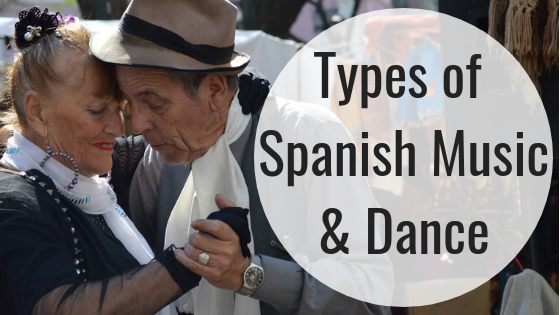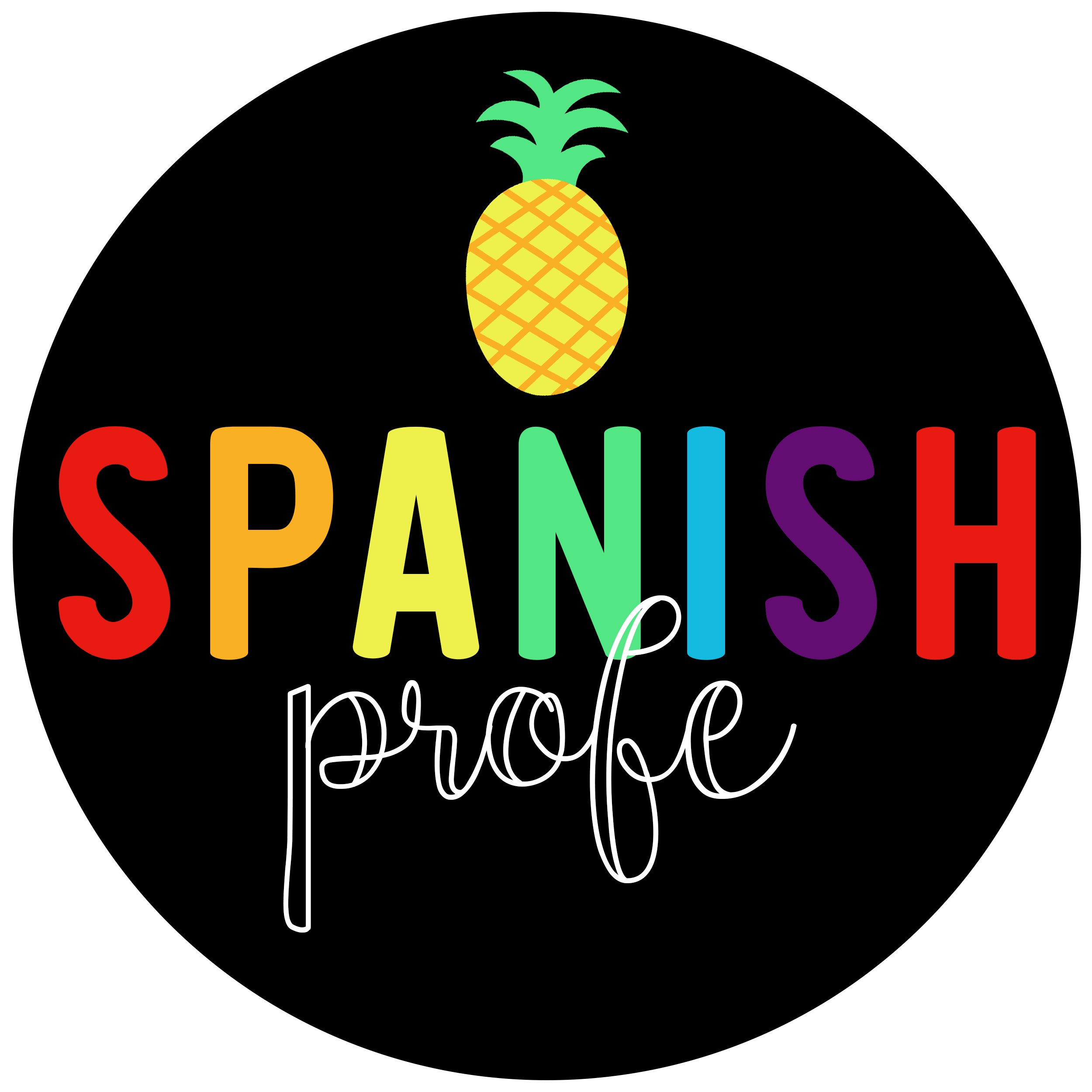
It is hard to spend more than five minutes in many Spanish speaking countries without hearing blaring bachata, merengue or salsa. Music and dance hold a very important place in Latino culture and it is important the students are exposed to multiple genres of music and dance when learning about Hispanic or ‘Latino’ culture.
We have compiled a list of the most common genres of music in Spanish. Most of the videos listed are of couples or people dancing in a public setting. Some of the links appear to be couples or people that are professional dancers. These might not be ‘culturally’ authentic or something you would see at a dance club or birthday party but still are a good representation of the dance to show students.
Bachata:
Is a dance from the Dominican Republic. It is a genre that has been gaining popularity on an international level since 2000 with Aventura’s ‘Obsesion’ and now Romeo Santos a Dominican American gaining popularity in the US. Other famous Bachata singers are: Juan Luis Guerra, Raulin Rodriguez, Zacarias Ferreiras, Anthony Santos, Joe Veras, Luis Vargas and Frank Reyes.
Merengue:
Is danced in the Dominican Republic and popular in some other countries in the Carribean. Some popular merengue singers are: Eddy Herrera, Toño Rosario, El Jefrey, and Sergio Vargas.
Merengue tipico: a faster merengue danced in the Dominican Republic. This genre often has very long songs and it danced to live music played by a band. Fefita La Grande is one of the most famous singers of this genre.
Salsa: Salsa music has its roots from Cuba. Some of the most popular Salsa singers are Hector Lavoe, Marc Anthony and Luis Enrique among many more famous salseros.
Son Cubano: Music with African roots from Cuba.
Cha Cha Cha: This type of music or dance was invented by Cuban composer Enrique Jordin in the 1950’s.
Cumbia: Cumbia music started in Colombia and is said to have come from the African slaves. Now cumbia has several variations and paces throughout the Americas. This dance is often danced with partners, like bachata, merengue and salsa. This videos show some general cumbia steps or moves but do not show dancing Cumbia with a partner.
Banda/Ranchero: This music comes from Mexico.
https://youtu.be/cCTH-EAySsg?t=19s
Tango: This dance comes from Argentina. It started in the lower class areas of Buenos Aires, Argentina, and Montevideo, Uruguay.
https://www.youtube.com/watch?v=U5IRWCV6YI0
Flamenco: This dance comes from Spain. This music has Spanish and Arab roots and dates back to the 15th century. This music has changed over time and also has influences from the Christians, Jews, and Gypsies of the Iberian Peninsula.
https://www.youtube.com/watch?v=hZjSG-4T1Tg
Reggaeton: First made famous internationally with Daddy Yankee, this genre continues to expand into mainstream markets as well as mix with other Latin genres. This genre of music in Spanish got its start in Puerto Rico. This genre often has dancing and lyrics that are not appropriate for most students.
Dembow: A Urban dance common in the Dominican Republic. There are often dance-offs between people in a group. Youth gather together and each person takes a turn dancing… each trying to one-up the previous dancer with their moves or “flow”.
Cuarteto: A dance or music from Argentina.
Rumba: A music that originated from Cuba.
https://www.youtube.com/watch?v=s53l5Bvig4c
Mambo: This music genre and dance also came from Cuba.
Are you ready to go out and dance? I hope learned about some new dances or music from different Spanish speaking countries. Did we miss one of your favorites? Let us know?









